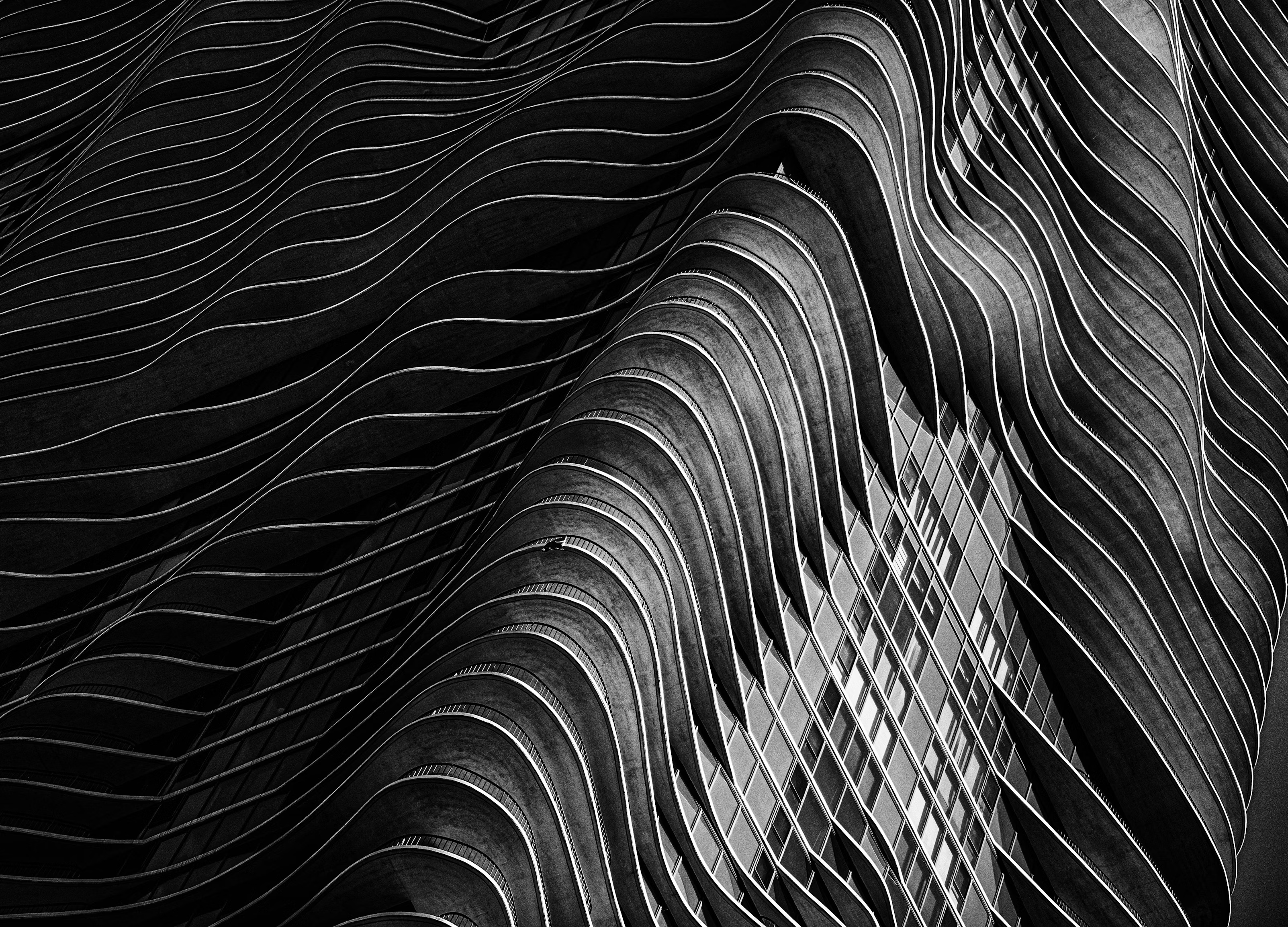
In product and spatial design, visual appeal often takes precedence, leaving other senses underutilized. However, design is not just about what we see; it’s about how we experience objects and spaces holistically. This is where haptic design plays a crucial role, enriching interactions by engaging the sense of touch and physical presence.
With advancements in technology, haptic design has become increasingly integrated into digital experiences. Many digital interfaces, which are often purely visual and flat, gain new depth and engagement when haptic feedback is incorporated. Take the iPhone, for instance: subtle vibrations accompany certain interactions, making actions feel more intuitive and natural. But haptic design extends far beyond technology, it’s about designing experiences that engage the body and create emotional connections.
Haptic design is often misunderstood as purely touch-based, but it encompasses more than just tactile feedback. It’s about the way people interact with objects and environments beyond vision. This approach fosters a deeper connection between users and their surroundings, creating experiences that feel immersive and instinctive.
A compelling example of haptic design outside of technology is in furniture design. Consider a handcrafted wooden chair designed with ergonomics and texture in mind. The materials, temperature, and weight of an object can all evoke a sense of presence and emotional connection, making haptic design a fundamental aspect of well-thought-out product design.
Haptic design also challenges the dominance of vision in design practices. It encourages a multisensory approach, where touch, sound, and even temperature work together to enhance perception and understanding. This is particularly important in inclusive design, where haptic elements can provide accessibility solutions for visually impaired individuals. By integrating haptic feedback, designers can create products that cater to a broader range of users, making everyday interactions more intuitive and meaningful.

At Studio Boey, we embrace haptic design as a way to create objects that engage all senses. Our goal is to design experiences that are not only functional but also emotionally resonant. One of our key projects, a series of kitchen tools, is rooted in these principles. Designed to enhance the cooking experience through touch, these tools invite both blind and sighted users to engage with materials, textures, and shapes in a way that transforms cooking into a deeply sensory act. By emphasizing the role of touch, our designs foster a richer connection between people, objects, and their environment.
Haptic design is not just an aesthetic choice, but it’s a philosophy that values interaction, accessibility, and emotional depth. Whether in technology, everyday objects, or spatial design, the power of touch can elevate experiences, making them more immersive, inclusive, and human-centered.
No comments.